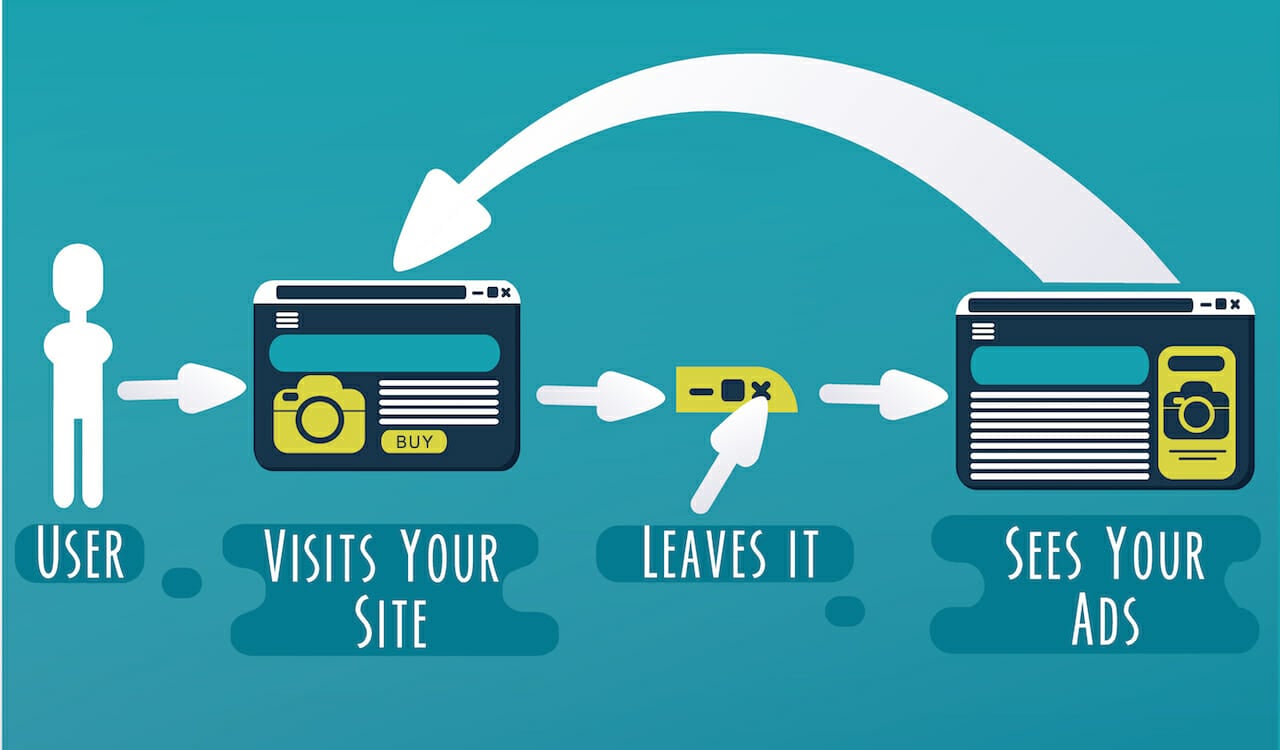What We're Talking About...Reducing Bounce and Exit Rates
Chances are, you're already tracking the bounce rates for your web pages, since they're one of the most insightful optimization metrics. But what...
I know what I am looking for, and would like to chat.
A team of data-driven marketers obsessed with generating revenue for our clients.
Because the proof is in the pudding.
At Campaign Creators we live by three principles: Autonomy, Mastery, Purpose.

One pressing question among businesses is how to connect with the customer in a way that drives sales and builds your brand.
One answer lies in leveraging bad (yes, bad!) reviews. Here's why...
Good or bad, authentic reviews of your company, products, or services matter. They offer a glimpse into how others see your business, what they think, and ultimately, provide a basis for further sales potential. Word of mouth has always been one of the best sources of advertisement and reviews offer another mode of marketing.
While you might think it’s better to have good reviews, research states the opposite is true. The University of Chicago published the results of a 2014 study that compared the outcome of sales with bad reviews left using ‘polite’ words and the results are surprising. In fact, when buyers posted negative reviews using polite words or phrases, the company was perceived in a more positive manner. Buyers reading these reviews were also more willing to pay a higher price for the product in question when the polite wording was used.
According to a 2017 poll, a whopping 76% of buyers use product reviews during their discovery phase. Another 69% use reviews for evaluation and 43% of buyers use reviews during the selection process. So, what does all this mean? Having a mix of good and bad reviews builds transparency. Buyers use this information to narrow their options and make their buying decisions. However, one key component is having enough authentic reviews to stand out.
Engaging with B2B buyers has a greater impact than with B2C buyers. According to Marketo research, 66% of B2B buyers advocate for vendors who engage with them in a caring, professional manner. That’s 15 points higher for B2B buyers than with B2C buyers.
Engaging buyers and addressing complaints improves your experience and helps you utilize bad reviews to your advantage. Surprisingly, having only positive reviews also makes an impact, but it’s not what you think. 95% of customers who saw only positive reviews regarded those reviews negatively leading buyers to believe that the reviews are either fake or screened. Oh, and did we mention that those bad reviews can actually improve your conversion rates by 67%. That’s because buyers who seek out the good and bad reviews are engaged with their pre-purchase research.
Yet, that’s not all. Approximately 65% of buyers use the bad reviews to help them determine the authenticity of the positive feedback as well. Having a mix of positive and negative reviews builds customer trust, improves your brand’s image, and boosts your conversion rates. Now, that’s not so bad after all, is it?
Having a review strategy with a third party vendor can help with this. That’s because review sites use only authentic reviews to publish and promote your product reviews. Great visibility helps build your brand recognition and improve your overall experience.
Your customer’s voice is a powerful asset in content marketing. While content is still ‘king,’ great content isn’t so great if it doesn’t utilize your customers’ authentic voices. When you use engagement and your customers’ voices, you end up with a powerful content strategy that works.
Want more ways to improve the performance your online marketing campaigns? Get the Campaign Optimization Handbook for an comprehensive list of tactics proven to improve the key performance metrics of every piece of a your campaign.
Beth Casey is a researcher and a regular contributor to TrustRadius where she shares her knowledge on the latest business trends and B2B news and technologies.
This blog post is a part of Your Definitive Guide to Conversion Rate Optimization blog series.

Chances are, you're already tracking the bounce rates for your web pages, since they're one of the most insightful optimization metrics. But what...

Your visitor has found your eCommerce site, selected a product and placed it in their cart. But until they enter their payment info and click the...

If you have an eCommerce website, then you’re probably familiar with retargeting and remarketing. The thing is, it’s common to be familiar with the...